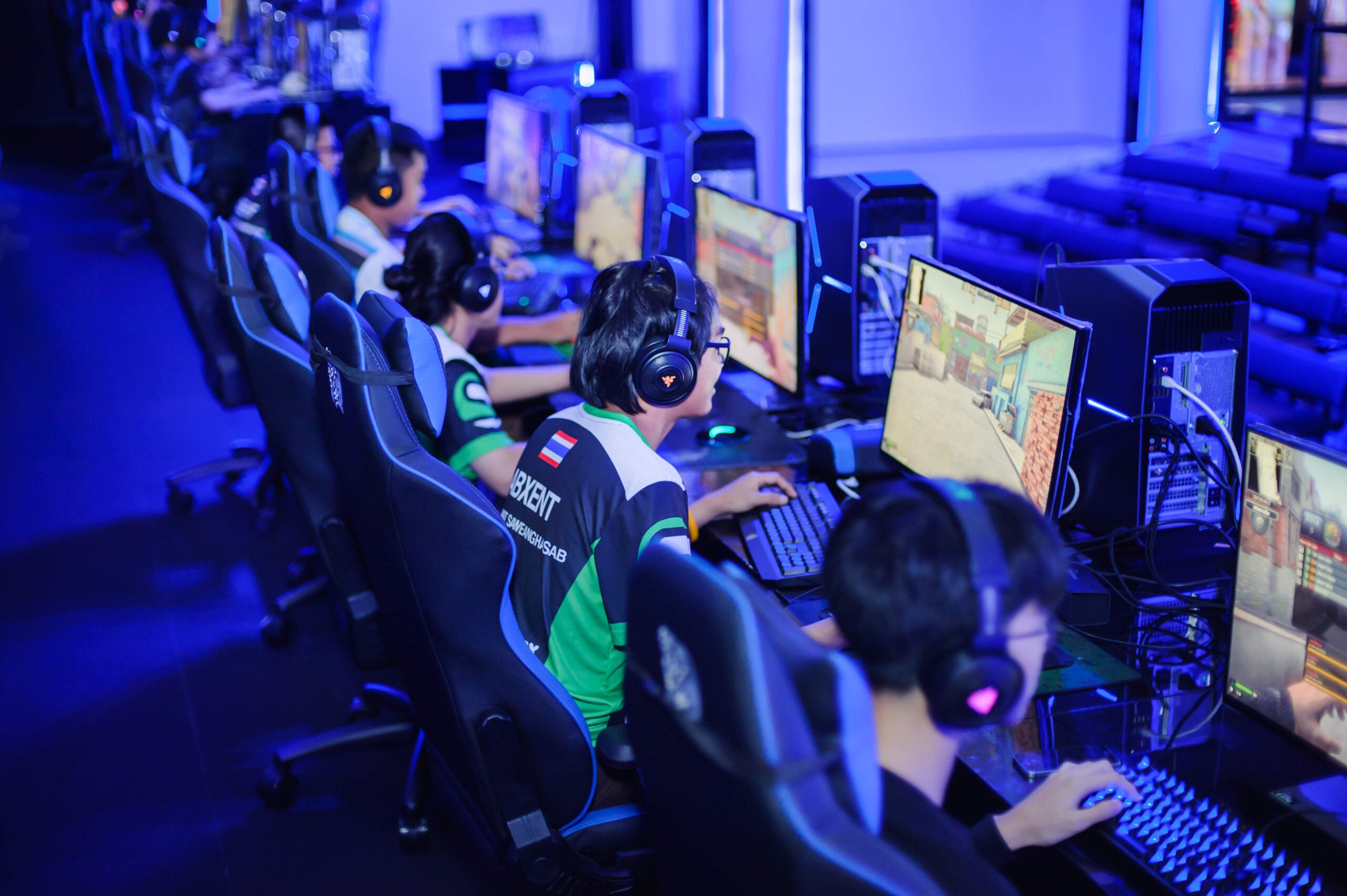
Gaming disorder is due to be added to the International Classification of Diseases (ICD) as a serious health condition that needs to be monitored.
The eleventh edition of the ICD is published by the World Health Organisation (WHO) and is due to be released in 2018.
It was last updated 27 years ago in 1990. Though the exact wording for the gaming disorder entry is yet to be announced, the draft lists the criteria used to determine if a person’s gaming habits have reached worrying levels.
The draft classifies someone as having gaming disorder if “gaming takes precedence over other life interests”.
The American Psychiatric Association (APA) defined gaming disorder in its fifth edition of the Diagnostic and Statistical Manual of Mental Disorders (DSM-5). It was labelled as a condition needing more clinical research.
It said:
How well do you really know your competitors?
Access the most comprehensive Company Profiles on the market, powered by GlobalData. Save hours of research. Gain competitive edge.

Thank you!
Your download email will arrive shortly
Not ready to buy yet? Download a free sample
We are confident about the unique quality of our Company Profiles. However, we want you to make the most beneficial decision for your business, so we offer a free sample that you can download by submitting the below form
By GlobalDataThe gamers play compulsively, to the exclusion of other interests, and their persistent and recurrent online activity results in clinically significant impairment or distress. People with this condition endanger their academic or job functioning because of the amount of time they spend playing.
They experience symptoms of withdrawal when kept from gaming… when these individuals are engrossed in internet games, certain pathways in their brains are triggered in the same direct and intense way that a drug addict’s brain is affected by a particular substance.
The gaming prompts a neurological response that influences feelings of pleasure and reward, and the result, in the extreme, is manifested as addictive behaviour.
There is the hope that in listing the disorder as a health condition, more money and effort will be put into providing help for people classified as addicts.
However, Vladimir Poznyak, a member of the WHO’s Department of Mental Health and Substance Abuse, did clarify that gaming disorder is only specific to a small number of people. He said:
Most people who play video games don’t have a disorder, just like most people who drink alcohol don’t have a disorder either. However, in certain circumstances overuse can lead to adverse effects.
Some have said defining behaviour that constitutes as addiction is important in ensuring people do not panic unduly about their own gaming habits.
Anthony Bean, a psychologist in Texas, published a paper which questioned the decision to classify gaming disorder as a pathological condition, warning that it would only lead to panic and misdiagnoses.
Bean told Polygon:
One of the major concerns that we have is that we’re putting the cart before the horse on this one. We don’t know what video game addiction is…the psychology and medical fields took the concept of addiction…and just switched it out with video games. The thinking was ‘oh it’s a form of addiction. It’s like any other addiction.’ But it’s not the same.
Verdict previously spoke with Mark Griffiths, a psychologist specialising in behavioural addictions, in August of this year. He said:
Really what we’re talking about are addictions on the internet, rather than an addiction to the internet.
Yes, online addictions are on the rise, but it’s a case of asking whether the gambling addicts of 30 years ago are now just doing their vice of choice online because it’s more convenient.
What is internet gaming disorder?
In 2014 the American Psychiatric Association (APA) created a list of nine symptoms that may point to so-called internet gaming disorder.
These included anxiety, antisocial behaviour and withdrawal.
Each of the symptoms were given equal weight, though it was specified that there had to be a general feeling of “significant distress” experienced by the sufferer.
This clarification allows people to distinguish between simply feeling preoccupied by gaming with having a pathological condition linked to their behaviour.
A study conducted by the University of Oxford reported that between two percent and three percent of the 19,000 people who took part in their survey admitted to experiencing five or more of the symptoms from the APA checklist.
Between one and 0.5 percent of those people also said they had feelings of significant distress in being unable to limit their habit.
Such findings are less than half of the figures found for gambling addiction. The study included people from the UK, US, Canada and Germany and was published by the American Journal of Psychiatry.
The ill effects of gaming have been noted in China, where its biggest gaming and social media firm Tencent had to put restrictions on its most popular game Honour of Kings due to a series of incidents.
These included a 17 year old boy who suffered a stroke after playing the game solidly for 40 hours and a 13-year-old boy who jumped from a third-floor window after his parents stopped him from playing, breaking both of his legs.
Tech-based mental health problems
The decision to include gaming disorder in the latest ICD shows a significant step in recognising mental health issues that stem from using technology.
In the media-driven world the prevalence of anxiety, stress and depression linked to social media and other forms of technology is on the rise.
Suicide rates in the US for teens rose between 2010 and 2015, having been on the decline for almost 20 years, the New York Post reported. Though the specific reasons are not known, a contributing factor is the increasing influence of social media and bullying.
Data from a study published in the journal Clinical Psychological Science found that teenagers’ use of electronic devices for five or more hours per day increased from eight percent in 2009 to 19 percent in 2015.
These teens were 70 percent more likely to have suicidal thoughts or actions than those who reported one hour of daily use.







